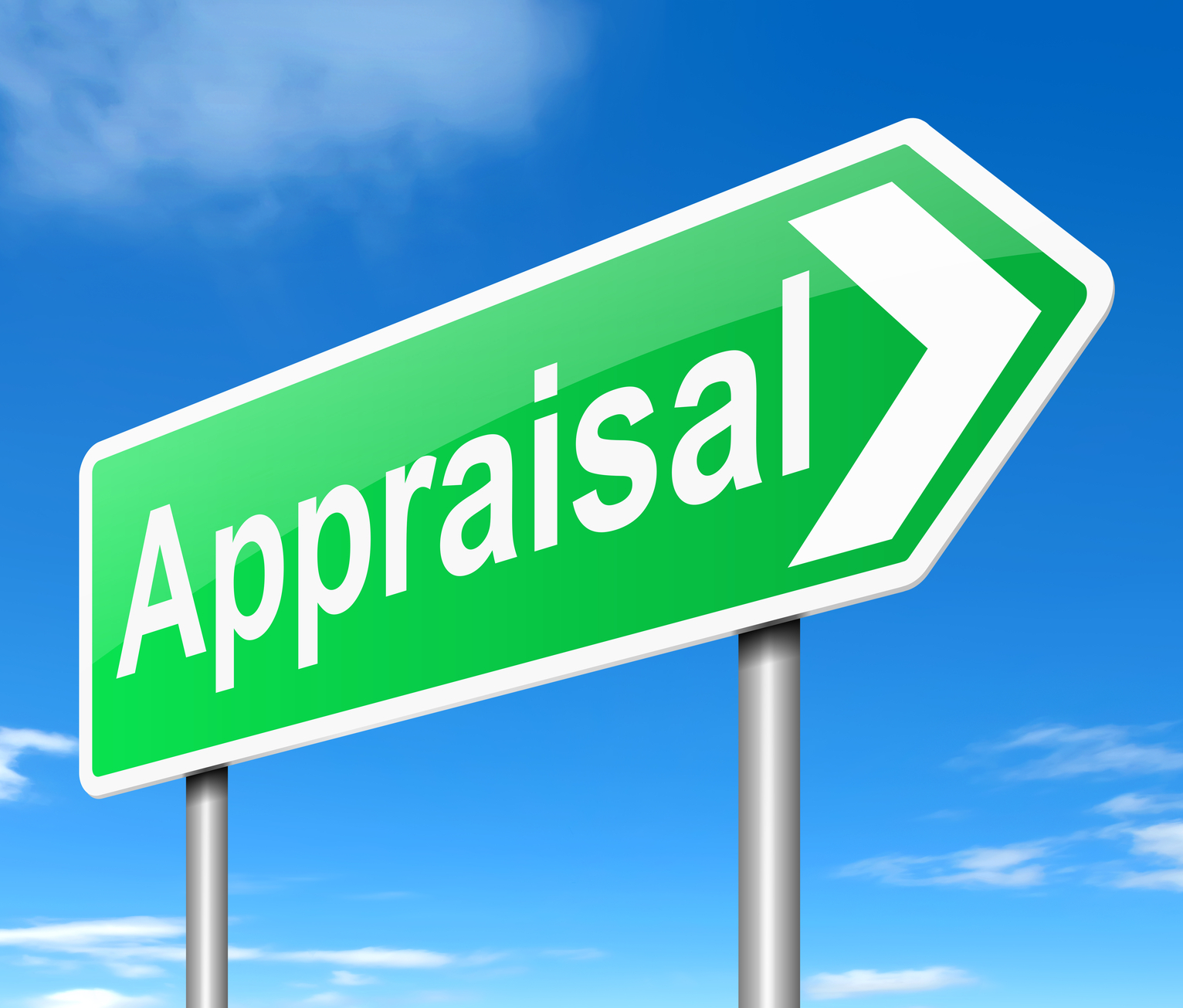What is involved in appraisal?
Wondering what an appraiser does when it comes to your home appraisal? What do they look for? How do they determine the value of your home?
Bottom line….it all depends on homes that have SETTLED in your area. With so many internet searches available about home sales, the one most important thing to note is the settled price. The predominant amount of websites reflect the price the property is being offered for, not the actual settled price upon closing. Assuming it will go for full list may inflate your assumption of your own home’s worth.
After the appraiser gathers data from your tax record, aerial view of the property and possible prior listing(s) the appraiser will contact you for an appointment. At this time they will retrieve the unknown information regarding updates, rooms, bathrooms, finished basement, exterior amenities/outbuildings and any unusual or special things regarding the property. With this information appropriate comparable properties that have sold in the market area can be chosen on the basis of similarities. Some of the similarities that are most relevant when determining market value value are the location, gross living area (amount of square feet above ground), acreage, age, condition, updating and amenities.
Upon inspection of the property the appraiser will measure the exterior dwelling and any possible additional structures (deck,barn,shed,patio…) deemed necessary for valuation. When inside the appraiser will compile a floor plan, types of flooring, overall condition and quality of construction. The information from the subject property (property being appraised) is compared to the pool of settled sales to determine the closest matches: the most similar properties will then be chosen upon likeness to determine market value.
The major phase of the valuation involves the application of the three approaches to value which include the Sales Comparison Approach, the Cost Approach and Income Approach. The three approaches are reconciled and the value (via most applicable approach)is selected as the final estimate of value.
The most relevant approach to determine the market value of a property in residential real estate is typically the “sales comparison approach”. This approach uses the characteristics of each settled property verses the subject property in a form where the characteristics are broken down line by line to give each item value. For instance, if your home has a fireplace and one of the settled comparables do not a +$3000 amount would be added to the settled comparable price to adjust for the absence of this amenity. The amount of fireplace value varies depending on price range of properties. Other line items include acreage, bathrooms, age, finished areas in basements, location/view,updates, amount of garages, outbuildings, decks, patios, exterior materials, quality of construction and (but not limited too) condition are all items valued in the report to determine the fair market value. There are typically 3 to 4 settled comparables used to determine the market value and possibly 2 more pending or active properties to reflect the current market and support the market value. Pending properties(due to the fact there is an offer) are preferred. Once all the settled sales have been adjusted for their differences (compared to the subject property) the 3 to 4 settled sales provide a range of value in which the appraiser then determines the market value from this range. The pending/active properties in the report then typically provide support for that choice.
It is the appraiser’s responsibility to adequately research the local real estate market and determine which comparable sales best represent the value characteristics of the subject property.
Current guidelines require a report to be in UAD form. To improve the quality and consistency of appraisal data for loans delivered to the government-sponsored enterprises (GSEs), Fannie Mae and Freddie Mac, at the direction of
the Federal Housing Finance Agency (FHFA), developed the Uniform Appraisal Dataset(UAD), which defines all fields required for an appraisal submission for specific appraisal forms and standardizes definitions and responses for fields within the report. An appraisal report in UAD causes some confusion to the reader of the report because of areas on the report that are coded for a computer to extract information. If any questions arise feel free to call your appraiser for clarification. Our office does a multitude of reports for the Baltimore County, Baltimore City, Harford County, Cecil County, Carroll County, Anne Arundel County and Howard County areas. Robinson Appraisal Group will be more than willing to answer any questions or provide explanation for any report performed by one of out staff appraisers.
The main responsibility of an appraiser is to provide an unbiased, comprehensive and expert opinion about a specific market value for real property. Regardless of whether you decide to sell, refinance, settle an estate or you are just curious about your home’s current value let us help to inform you on the most important transactions in your life!
